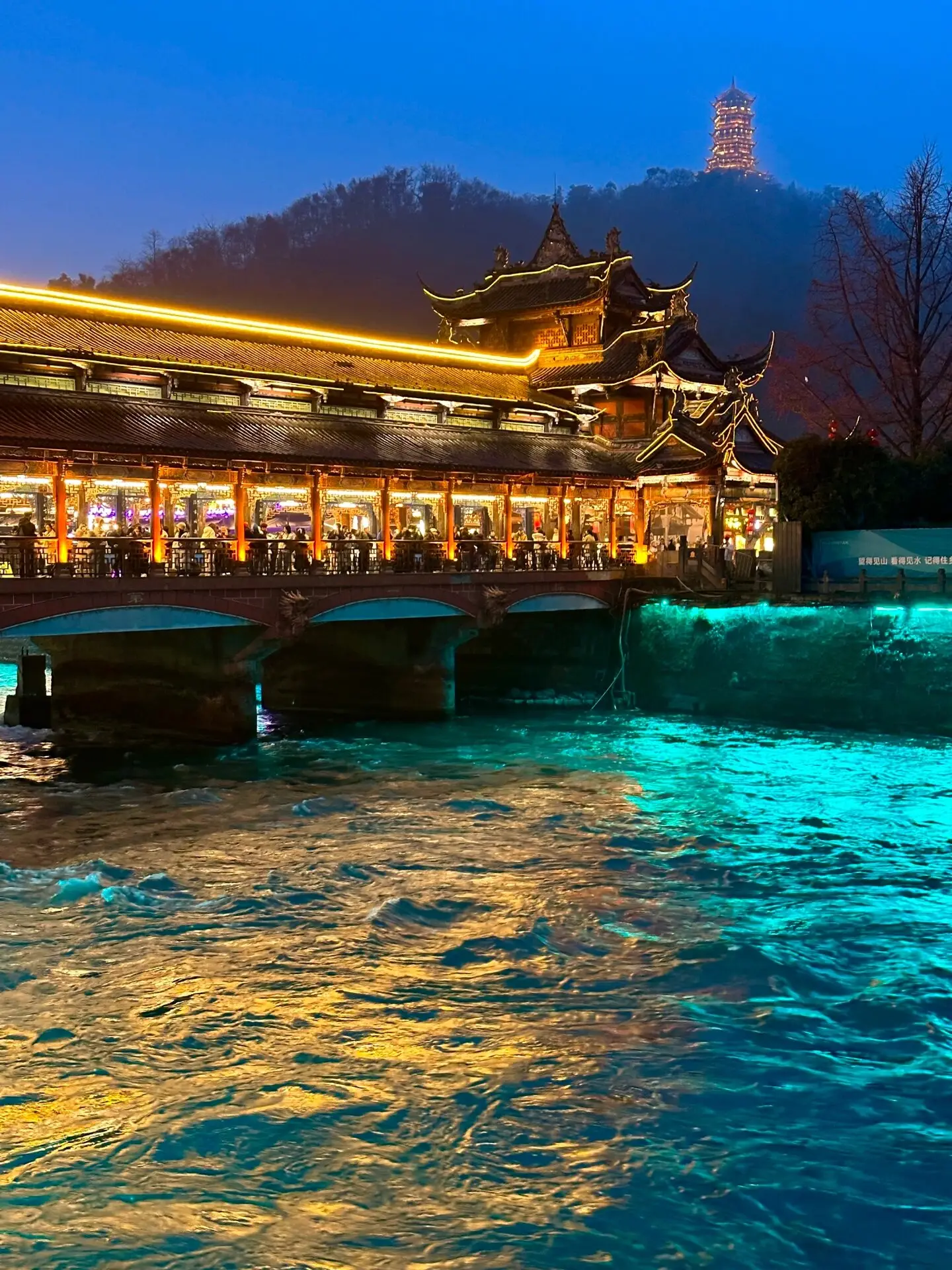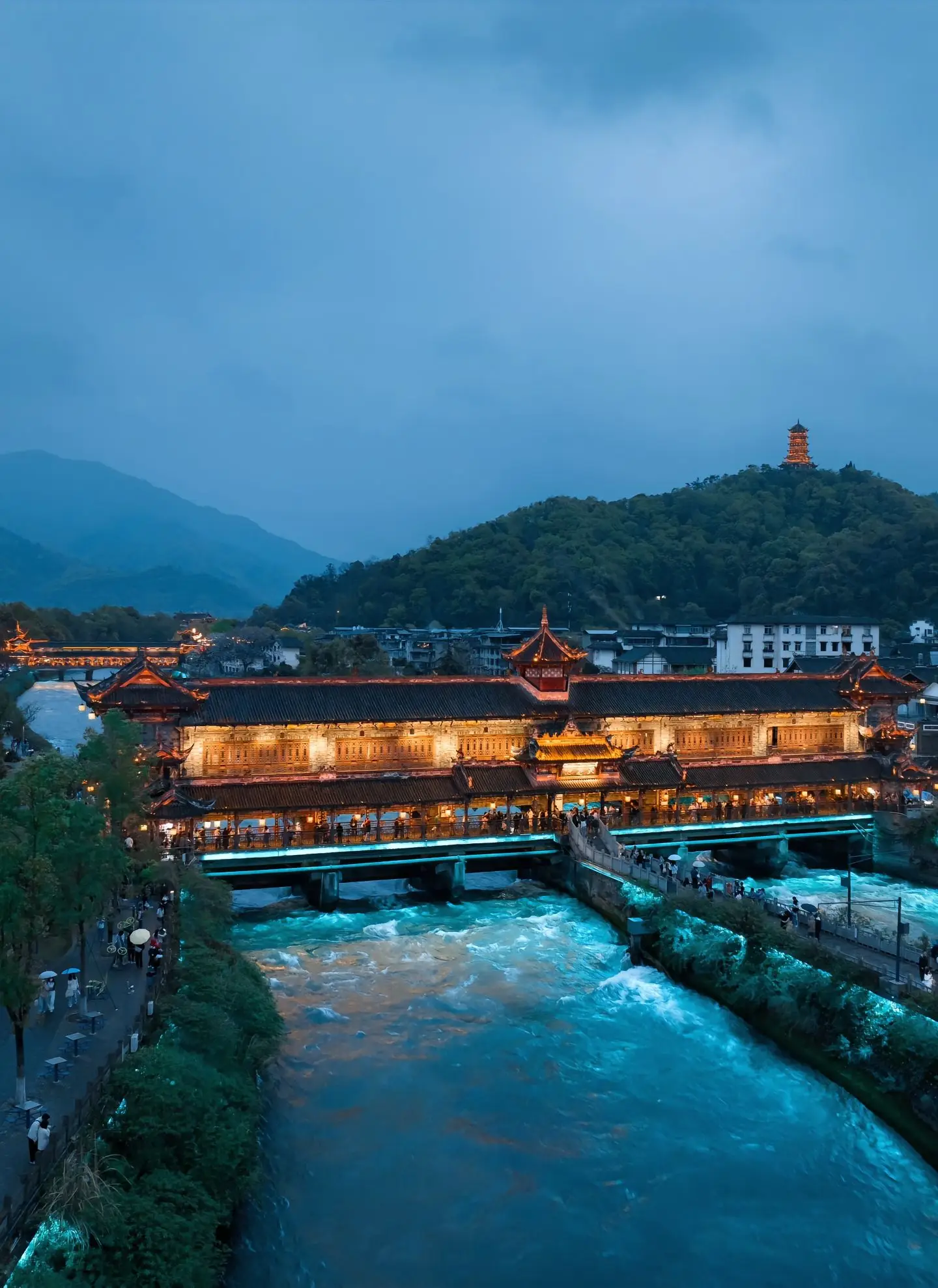Celestial Canvases: Stargazing Under Italy's Pristine National Park Skies
When one dreams of Italy, the mind typically conjures images of sun-drenched piazzas, Renaissance art, and the azure expanse of the Mediterranean. Yet, as the sun retreats and the familiar landmarks fade into silhouette, a different, more ancient Italy reveals itself. Beyond the vibrant urban glow lies a network of protected national parks, sanctuaries of wilderness that offer some of Europe's most breathtaking and accessible stargazing experiences. This is a journey into the heart of Italy's nocturnal landscape, where the heavens, unobscured by light pollution, unfold in their full, majestic glory.
The allure of stargazing in Italy is uniquely tied to its geography and its commitment to preserving dark skies. The country's rugged Apennine spine creates isolated high-altitude plateaus and vast, uninhabited valleys, while its significant coastline provides horizons that stretch seamlessly from sea to starscape. Furthermore, the growing recognition of "dark sky" value has led to initiatives within several parks to protect the night environment, making them official havens for astronomers and dreamers alike. Here are the premier destinations for witnessing the cosmic spectacle above the Italian peninsula.
The Alpine Majesty: Gran Paradiso National Park
Nestled in the Graian Alps between the Aosta Valley and Piedmont, Gran Paradiso National Park is Italy's oldest national park and a bastion of pristine darkness. Its high altitude, often above 2,000 meters, places you significantly closer to the cosmos, with thinner, cleaner air that results in exceptionally sharp and bright stars. The park's rugged terrain, with its deep valleys and towering peaks like the 4,061-meter Gran Paradiso itself, creates natural amphitheaters that shield observers from the distant glow of Turin or Aosta.
The best stargazing spots are found away from the few mountain refuges. The high pastures of the Val di Rhêmes or the serene Lago Serrù offer panoramic views of the sky. Here, the summer Milky Way appears not as a faint smudge but as a vibrant, granular river of light, its dust lanes and stellar clusters clearly defined. In winter, the crisp, cold air brings constellations like Orion to life, with the Orion Nebula visible to the naked eye as a distinct, fuzzy patch. The park's status as a wildlife refuge adds another dimension; the silence of the night is broken only by the whisper of the wind or the distant call of a chamois, making the experience profoundly immersive.
The Wild Heart of the Apennines: Abruzzo, Lazio and Molise National Park
Often described as Italy's "Wilderness Capital," this vast park in the heart of the central Apennines is one of the least light-polluted regions in the country. Its relative inaccessibility and sparse population have been a blessing for its nocturnal environment. The landscape is one of ancient beech forests, karstic plateaus, and formidable peaks like Monte Marsicano, all of which contribute to exceptionally dark skies.
The high plateau of Cinquemiglia, a vast, treeless expanse, is a premier stargazing location. With a 360-degree horizon, it feels as if you are standing on a platform adrift in the universe. The lack of any significant light sources for miles means the sky achieves a level of darkness where the zodiacal light—a faint, triangular glow caused by sunlight scattering off interplanetary dust—is a common sight in the spring and autumn. This park offers a chance to see deep-sky objects with remarkable clarity. With a modest telescope, you can resolve the double cluster in Perseus or the Andromeda Galaxy in stunning detail. The sense of raw, untamed nature, combined with a celestial display that feels within arm's reach, is unparalleled.
The Dolomitic Fortress: The Dolomiti Bellunesi National Park
The Dolomites are famous for their dramatic, pale-colored peaks that glow at sunrise and sunset, but their spectacle continues long after the last alpenglow has faded. The Dolomiti Bellunesi National Park, a UNESCO World Heritage site, offers a stargazing experience framed by some of the most iconic geology on Earth. The jagged spires and massive rock walls create dramatic silhouettes against the starry canvas, adding a unique terrestrial element to the cosmic view.
Locations like the Piani Eterni (Eternal Plains) or the area around Lago del Mis provide stunning foregrounds for astrophotography. Capturing the arc of the Milky Way rising behind a stark Dolomite peak is an experience of a lifetime. The high altitude and generally stable atmospheric conditions often result in excellent "seeing," where stars twinkle less and appear as steady, sharp points of light. Furthermore, due to its northern latitude, observers here have a better chance of glimpsing the aurora borealis during periods of intense solar activity—a rare and magical sight this far south.
The Volcanic Skies: The Sibillini Mountains National Park
There is a unique poetry in observing the timeless stars from a landscape shaped by immense geological forces. The Sibillini Mountains National Park, part of the Umbria-Marche Apennines, offers just that. Its rounded, limestone summits, once islands in a prehistoric sea, now stand guard over dark, secluded valleys like the Piano Grande. This vast, high-altitude plain, famous for its springtime carpet of wildflowers, transforms into a perfect natural observatory by night.
The park's commitment to dark sky preservation is growing, with local communities increasingly adopting responsible lighting. From the Piano Grande, the dome of the sky feels immense. The summer triangle—Vega, Deneb, and Altair—shines with intense brilliance. A particular highlight is the clarity of the constellations of the zodiac, which trace a path directly over the spine of the Apennines. Stargazing here is a humbling experience, connecting you not only to the universe above but also to the powerful, earth-bound forces that created this magnificent landscape.
The Island Sanctuary: The Arcipelago di La Maddalena National Park
For a completely different stargazing perspective, one must take to the sea. The Arcipelago di La Maddalena National Park off the northern coast of Sardinia offers a maritime dark sky paradise. Comprising over 60 islands and islets in the Strait of Bonifacio, it provides a isolation that is virtually impossible to find on the mainland. The dominant light here comes not from cities, but from the bioluminescent plankton in the waves and the countless stars overhead.
On a small, uninhabited island like Spargi or Budelli (famous for its pink sand beach), the view is truly oceanic. The horizon is a perfect, unbroken circle, with the sky arching over you like a vast, star-studded dome. The core of the Milky Way in the summer months rises from the sea with a breathtaking intensity, its reflection sometimes faintly visible in the calm waters of a secluded cove. The absence of terrestrial references creates a profound sensation of floating in space, making it one of the most meditative and awe-inspiring stargazing locations in all of Italy.
Preparing for Your Celestial Voyage
To fully embrace these experiences, preparation is key. The best times for stargazing are during the new moon phase and on nights with minimal cloud cover. While summer offers the spectacular Milky Way, the colder, drier air of autumn and winter provides unparalleled transparency for viewing distant galaxies and nebulae.
Essential gear includes a red-light headlamp to preserve your night vision, warm clothing (even in summer, mountain temperatures drop significantly), a reclining chair or blanket, and a star chart or a smartphone app. While the naked eye is sufficient to be overwhelmed, a pair of binoculars will reveal craters on the moon, the moons of Jupiter, and countless star clusters.
In conclusion, Italy's national parks offer more than just a retreat into nature; they are gateways to the cosmos. From the alpine heights of Gran Paradiso to the secluded islands of La Maddalena, these protected lands safeguard a diminishing resource: the pristine, star-filled night. To stand in these silent, dark places and look up is to connect with a view that has inspired poets, scientists, and explorers for millennia. It is a reminder that Italy's greatest masterpieces are not all found in its museums and churches; some are painted across the heavens, waiting only for the night to fall.





发表评论